About Crassulas
Succulents in the genus Crassula are native to South Africa. They include shrub (branching) varieties commonly called jade plants, as well as "stacked crassulas" with leaves pancaked along thin stems. See examples of both in the gallery below.
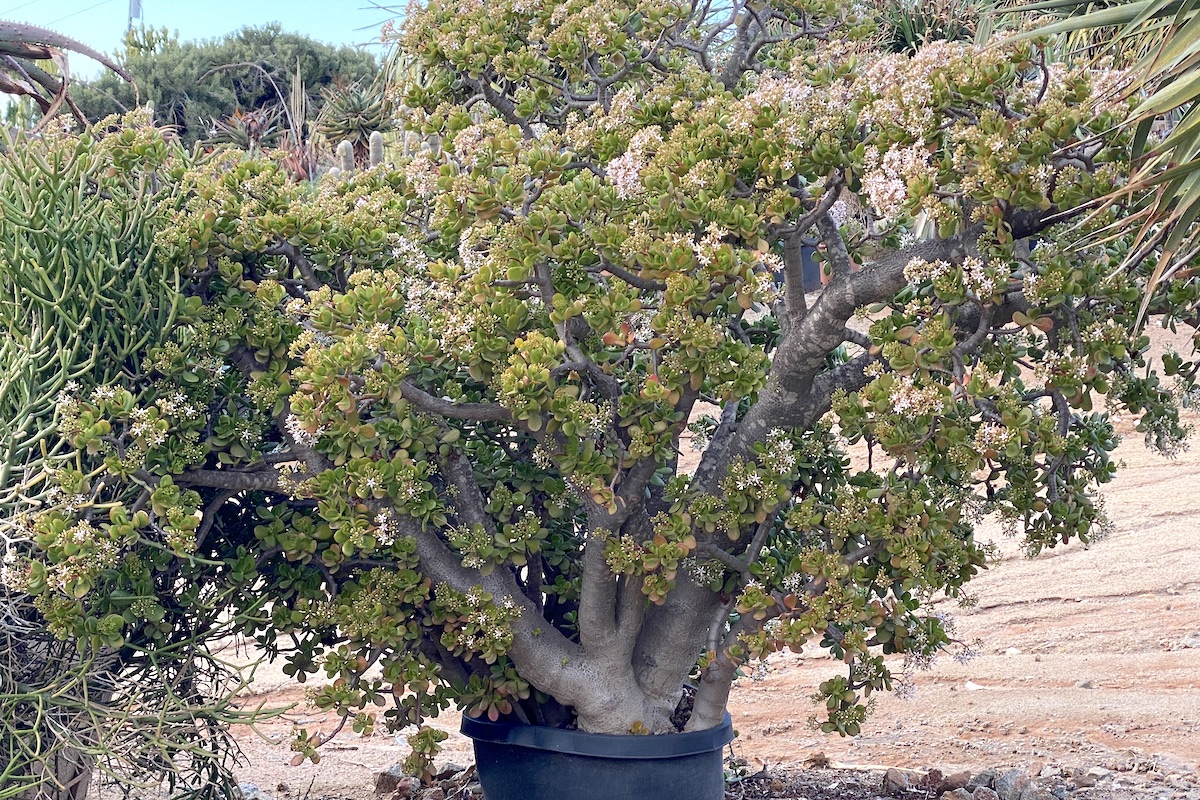
Common jade plant (Crassula ovata) blooms in winter. This large specimen is about 20 years old.
Green jade (Crassula ovata) is a common houseplant worldwide. Nearly any nursery sells it, and it's often added to wreaths, container gardens, topiaries and used as a bulletproof garden shrub. Newer cultivars are more interesting, as easy to grow and well worth having. Look for those with rippled or tubular leaves; diminutive varieties; and others variegated with gold, yellow, cream, pink or red.
Growing Conditions
Crassulas prefer mild, frost-free regions with low humidity (but not desert heat) typical of Southern California from the Bay Area south. The thicker the stem, the more drought-resistent the plant.

Desiccated jade (left); normal jade (right) in an unwatered garden. Seasonal rains plumped its wrinkled leaves.
Although jades appreciate regular water, they're often the last plants standing in neglected gardens---an indication of their ability to do without. Leaves shrivel as plants draw on stored moisture, then plump when rains return.
In my Zone 9b Southern CA garden, crassulas grow outdoors year-round in sheltered microclimates--- beneath eaves or overhanging branches that protect the plants from harsh summer sun and winter temps below 32 degrees. Indoors it's possible to grow jades and stacked crassulas on a sunny windowsill. Another option is to bring them inside when the weather turns too cold, hot or wet.
Like most succulents, crassulas like to be on the dry side. Plant in coarse, fast-draining potting soil---any cactus mix will do---and water thoroughly when soil is nearly dry. I test soil moisture by inserting a wood chopstick. If dirt clings to it when removed, the soil is wet enough.
Like aloes, many crassulas stress beautifully to shades of red, yellow and orange. Sun makes the difference. In low light, even the reddest jades will revert to green.

Crassula corymbulosa, a stacked crassula,grown in low light on left; in full sun on right
Names often are inconsistent and confusing, likely due to forms and colors varying within a species, sellers trying to ID plants from photos, and official changes in botanical names. As I’ve lamented in the past, horticultural nomenclature is not an exact science; Latin names accepted decades ago may be different today. The name you give a search engine may yield widely varying results. A case in point is the label above. Google "Crassula 'Red Pagoda'" and you'll get plants that look like these but are fully grown and only one-tenth the size!
Stacked crassulas
This fascinating subsection of the genus Crassula has its own page here on my site, plus a video you simply must see (above). Find various species, cultivars and varieties in the Gallery below---nearly 40 of them!
Propagation
It's easy to take stem cuttings from shrub crassulas: Cut off the top few inches and stick it upright in the ground. As with most succulents, new roots will grow where old leaves were attached.

Cuttings of several types of jades have bands of meristem tissue on their stems. It's where leaves once grew and where new roots will form.
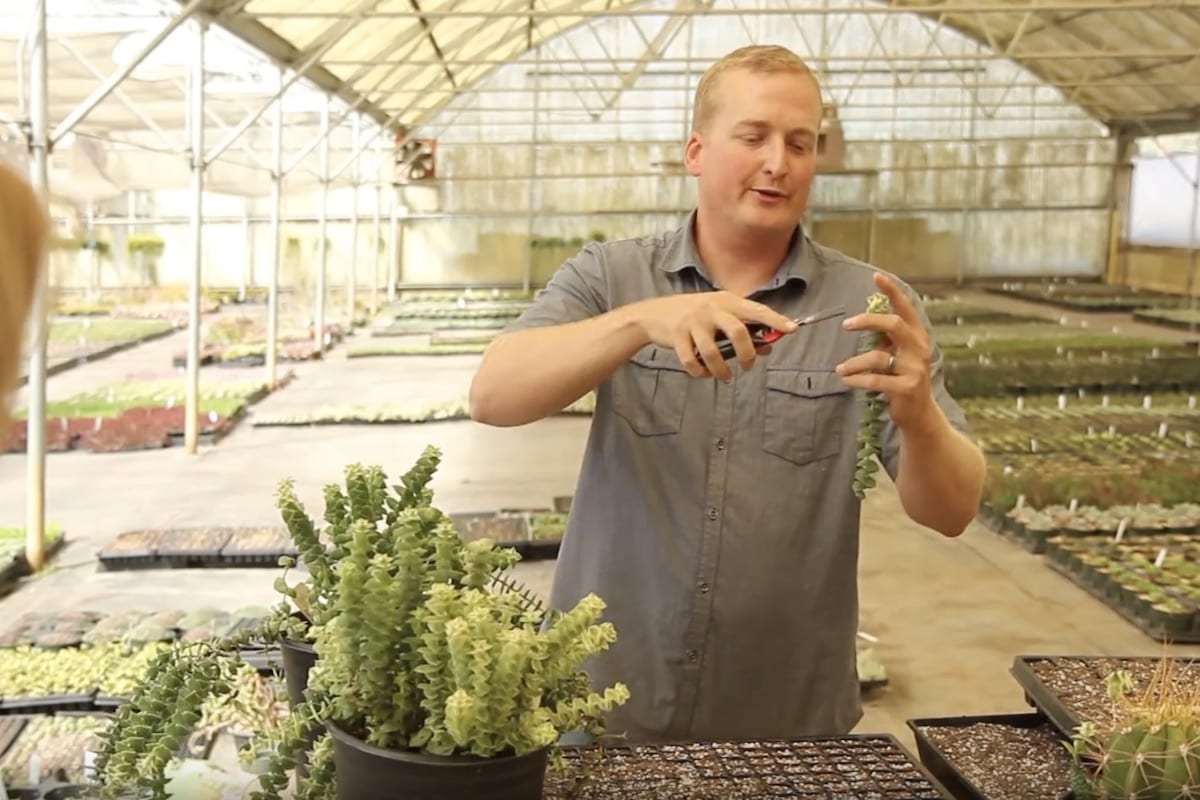
Nurseryman Aaron Ryan shows how to propagate Crassula perforata 'Variegata' (Click to see the video.)
What about stacked crassulas? Many look delicate, their stems no thicker than spaghetti. The method is basically the same, except you need to gently remove the lowest leaves. One stem can yield a dozen cuttings! See my video: How to Propagate Stacked Crassulas. I also demonstrate propagation techniques in my Stacked Crassula video.
Plants that prune themselves
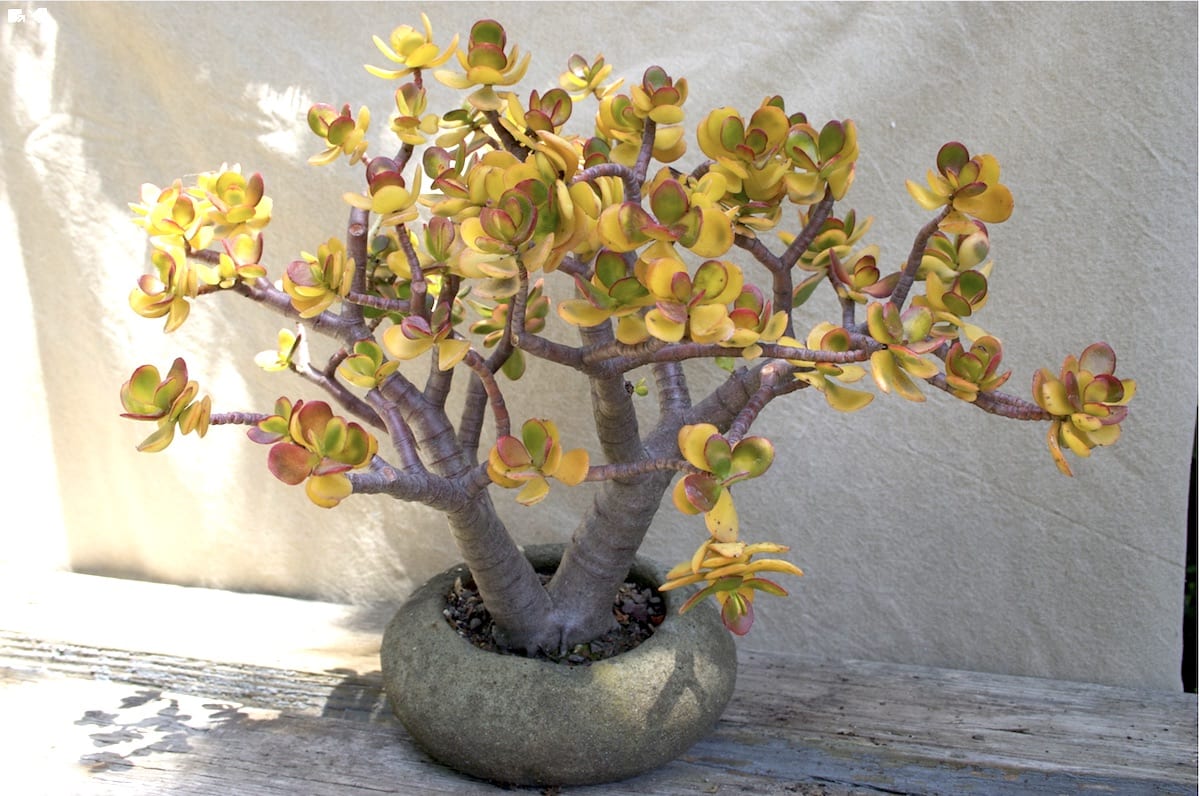
A 'Sunset' jade that pruned itself suggests a bonsai.
A remarkable thing about jades is that random limbs will shrivel and fall off. This enhances air circulation, allows more sunlight to enter, and starts new little plants which root below the mother plant.
Eventually you get a sort of bonsai---a nicely balanced shrub that resembles a small tree. This is most noticeable in old potted specimens with thick trunks. Simply pull any baby plants that you don't want.
Pests and problems
Very little bothers crassulas. The biggest challenge with these basic, low-maintenance succulents is protecting them from temperatures below 32 degrees F.
Resources
Where to buy crassulas
Articles on this site
Discover Stacked Crassulas Each has its own form, color and personality...[continue reading]

"Stressing" enhances the color of crassulas. Jade in bright shade is green; in full sun it turns golden yellow and red.
How to Stress Succulents (And Why You Should) Plenty of sun brings out brilliant reds and yellows in certain succulents... [continue reading]
Frost and Succulents: What You Need to Know Depending on how long temps stay below freezing...[continue reading]
A Colorful Succulent Garden to Copy This three-dimensional showcase of succulents superbly suited to mild, frost-free regions...[continue reading]
Videos
Stacked Crassulas: Discover 20+ Square Succulents plus Care, Selection, Design, Propagation, Planting
Learn names, how to care for them, see them showcased in pots, and find out how to take cuttings.
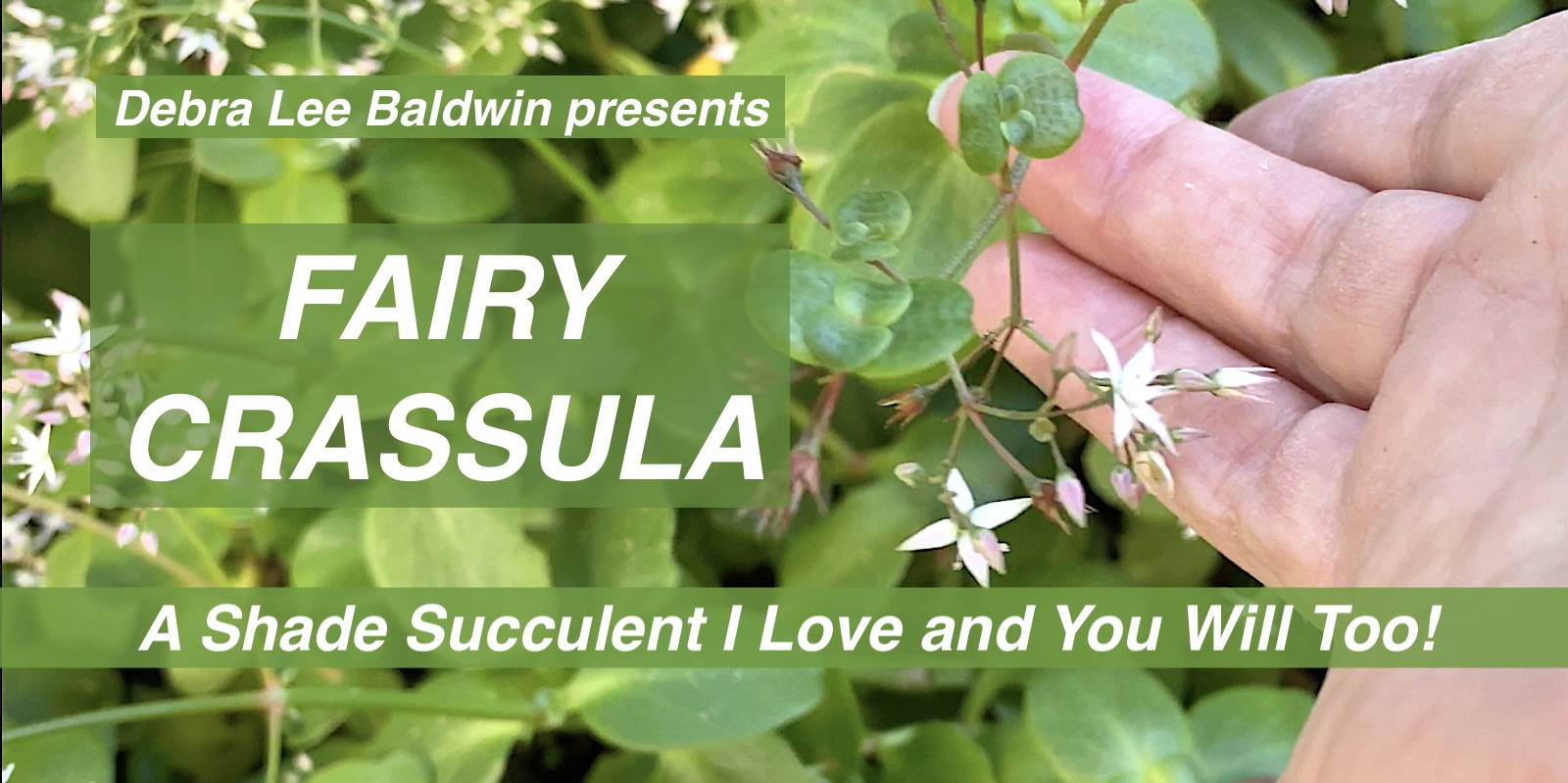
Grow Shade-Loving Fairy Crassula (4:32) This easy-care succulent ground cover thrives and looks great where nothing else will grow.
Debra Defends Jade Plant (4:04) Some have tubular leaves, others are yellow, red or variegated...
Plant a Pink Jade Succulent Container (3:02) Debra combines pink-flowering jade with Echeveria agavoides 'Lipstick'...
Grow Sunset Jade! (0:50) See a slope planted with golden variegated jade in midwinter, in full bloom...
How to Propagate Stacked Crassulas (3:53) You'll be amazed by how many new little plants you can get from an 8-inch stem!
Books
For more information, see the Crassula sections of Succulents Simplified and Designing with Succulents.
Crassula Photo Gallery
Because varieties can look quite different depending on growing conditions and when flowering, you may see more than one photo of the same plant. If a crassula is mostly green, it was likely in bright shade; if red, orange and/or yellow, in full to half-day sun.
I'm confident these names are correct, but if you believe I've made an error, do let me know. Thanks! — Debra Lee Baldwin
Types of Succulents from Aeonium to Zebra Plant, Photos & IDs
Debra’s Dozen Easy-Grow Succulent Plants for Beginners
Trying to make sense out of succulents? There are numerous varieties, but these are the most common succulents and those you’ll likely run across. Enjoy growing and discovering these fascinating “plants that drink responsibly!”

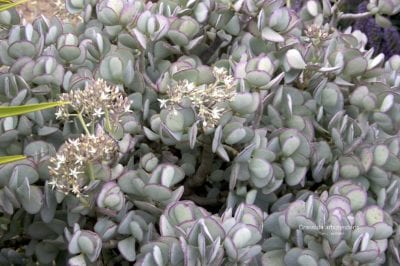
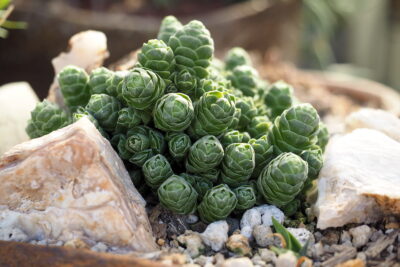
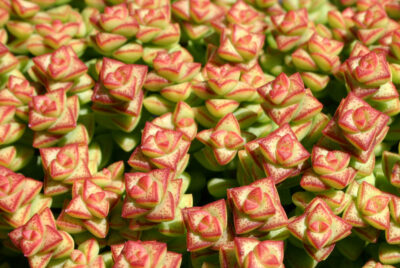
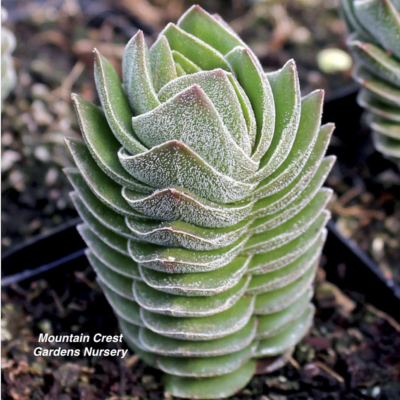
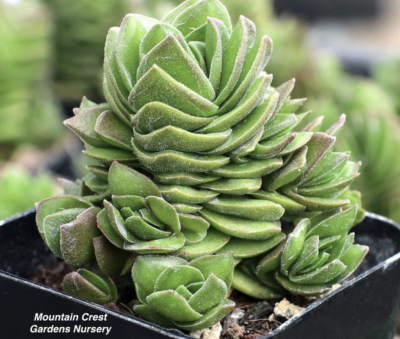
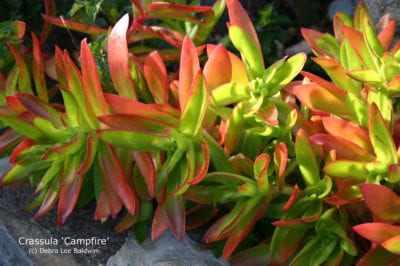



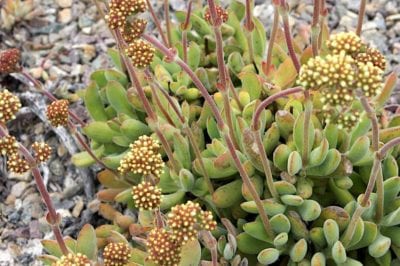
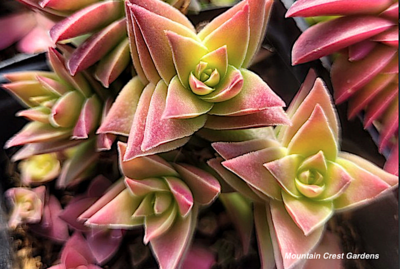
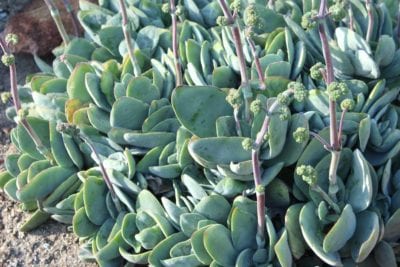
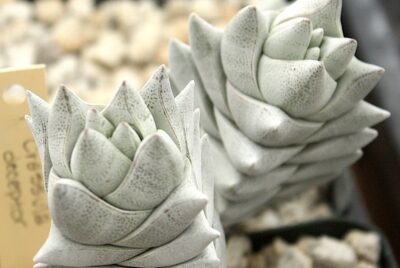

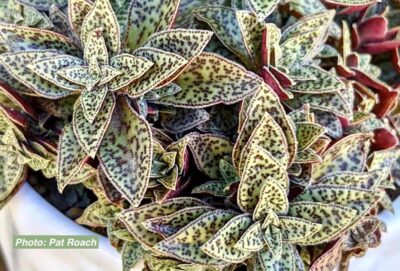
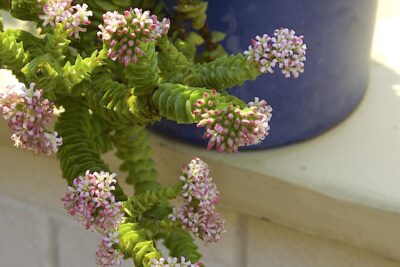
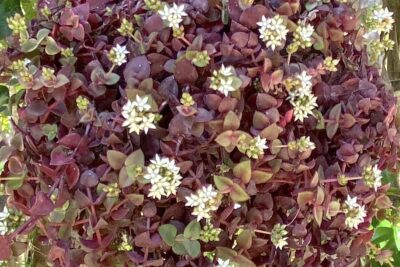

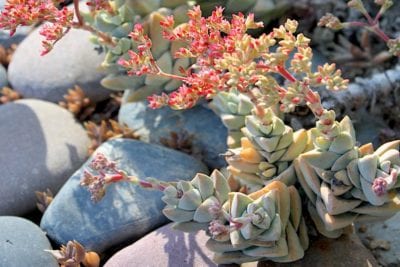
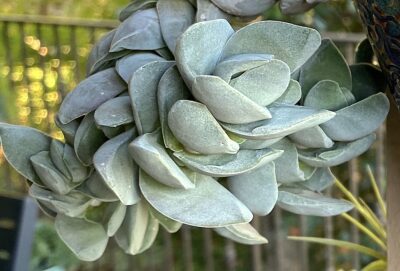
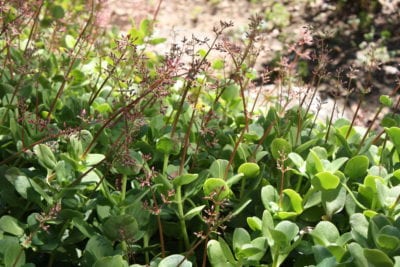


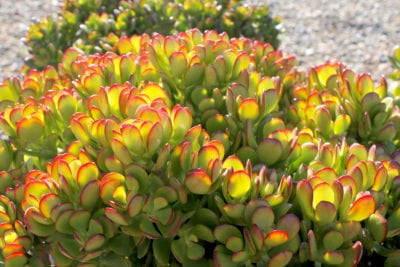
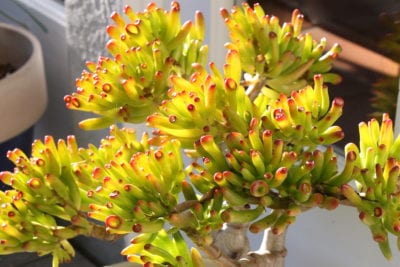
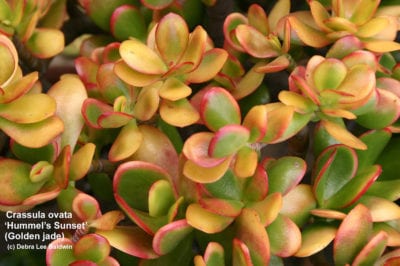
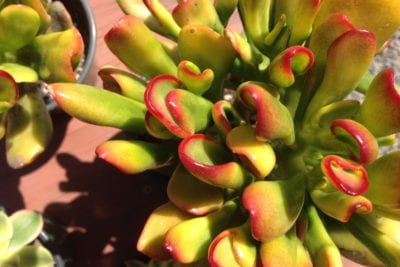

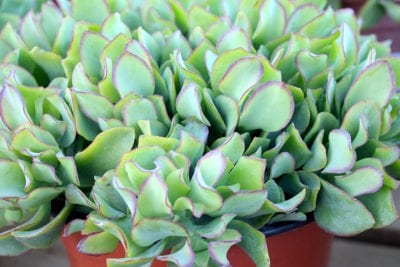
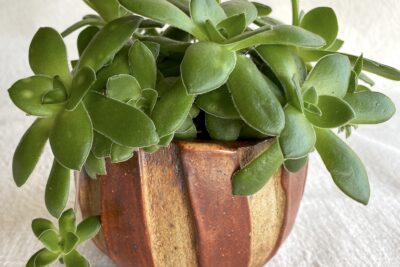
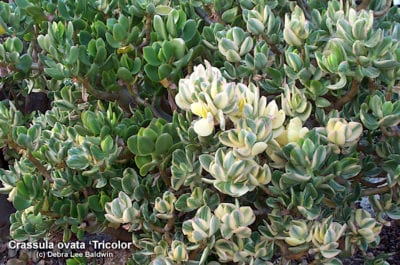


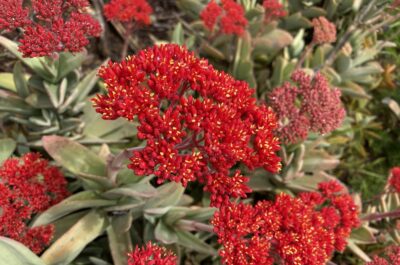
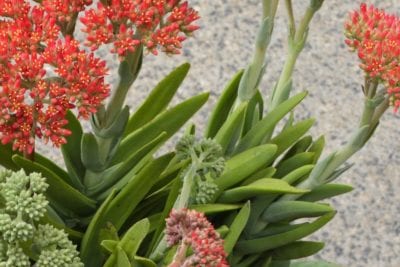



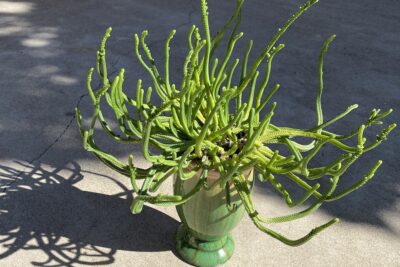
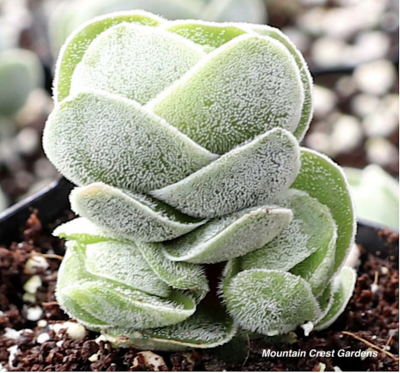
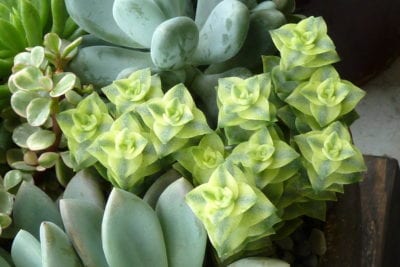
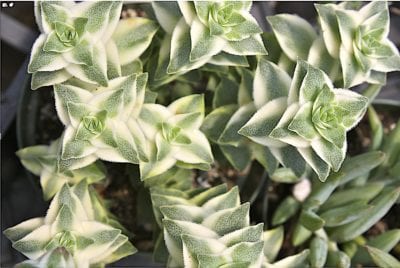

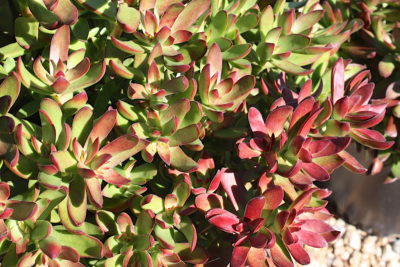
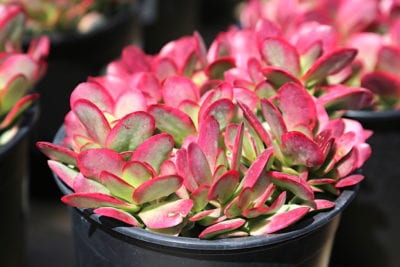
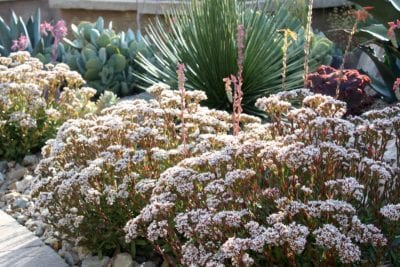
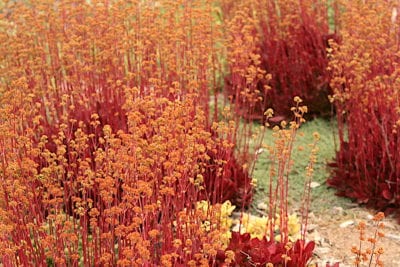

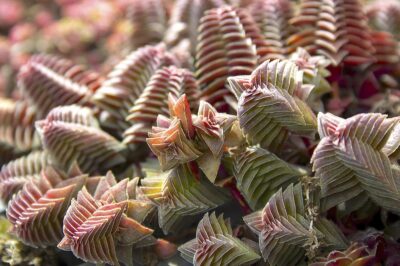


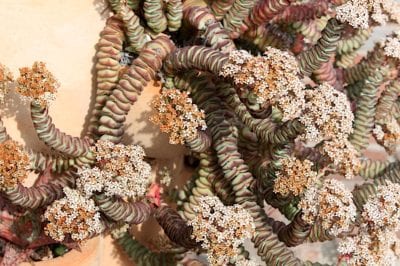
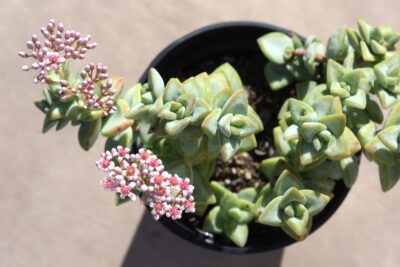
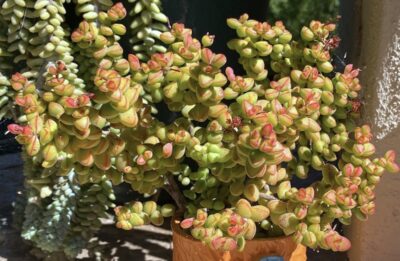
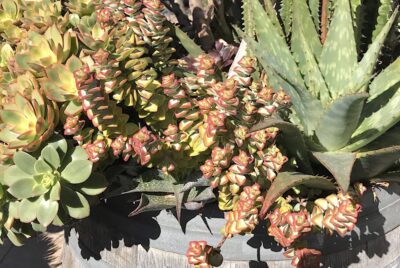
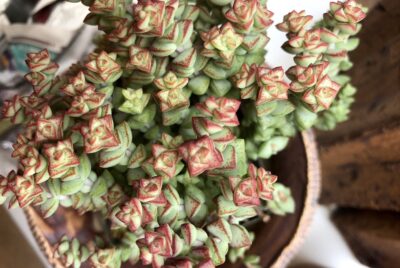
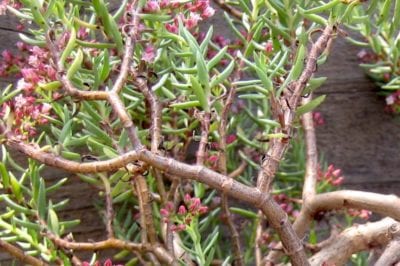




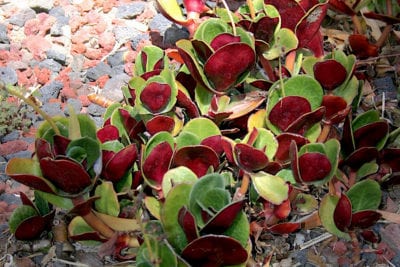
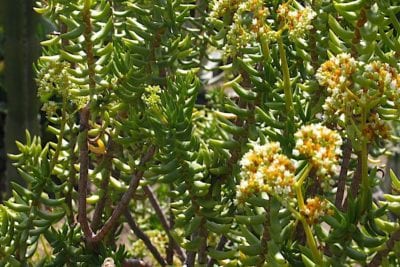
-custom_crop.jpg)